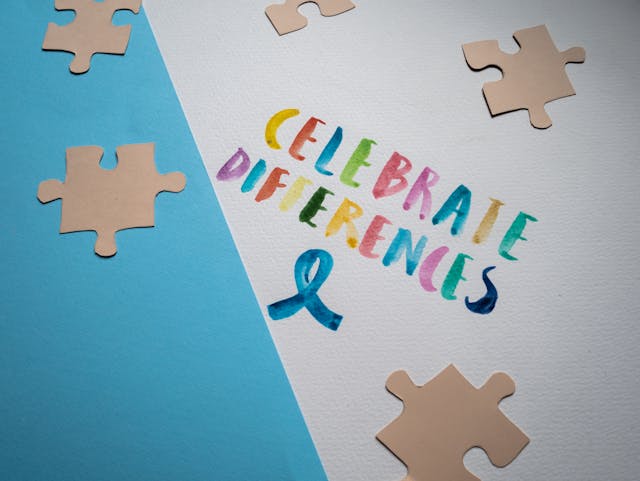Art is more than a means of personal expression; it’s a powerful force for social innovation, challenging norms, and fostering a more inclusive society. By conveying ideas and emotions across languages and cultures, art provides a unique medium for addressing issues like inequality, mental health, and environmental awareness.
Social innovation is about finding new solutions to long-standing problems, and art—with its capacity to provoke thought and evoke emotion—can play a crucial role in this process. By offering fresh perspectives, art opens the door to innovative ways of thinking and acting.
Art as a Tool for Change
One striking example is JR’s “Inside Out” project, which invites people from around the world to share their portraits as large-scale posters in public spaces. Displayed on walls, buildings, and city squares, these portraits reveal the diversity of people’s lives and experiences, creating a sense of shared humanity across borders.
In South Asia, The Fearless Collective addresses issues of gender inequality through powerful murals depicting women’s resilience. By sparking conversations in communities where such discussions were once taboo, these murals act as tools of empowerment and challenge deep-rooted stereotypes.
Another thought-provoking initiative is The Museum of Broken Relationships, founded in Zagreb, Croatia. This museum is a collection of objects donated by individuals who have experienced breakups, each accompanied by a story. It provides a space for people to reflect on love, loss, and healing in a deeply personal yet universally relatable way. What began as a small art project has grown into a cultural phenomenon, sparking conversations around emotional resilience and the shared human experience.
Art for Local Impact
Social innovation through art also thrives in smaller, community-focused projects that tackle local issues. For example, interactive street art installations can make abstract issues like climate change feel urgent and relevant. In places where mental health struggles are often hidden, theater performances and spoken word events create safe spaces for people to share their stories and connect.
Local art workshops, especially for marginalized groups, foster connection and visibility. Through storytelling, painting, or performance, people who have often felt unseen can share their voices, promoting community and understanding.
Building an Inclusive Future Through Art
Art’s power lies in its ability to make social change feel tangible and accessible. Projects like these illustrate how creativity and innovation work hand in hand to address society’s toughest challenges. By approaching complex issues in a relatable way, art opens dialogues, fosters empathy, and breaks down barriers to inclusion.
Ultimately, art can shape a future where social innovation and inclusion are realities, not just ideals. In a world that often feels divided, art reminds us of our shared humanity and lights the way toward a future where change is within reach.
Author: Simona Naumoska






